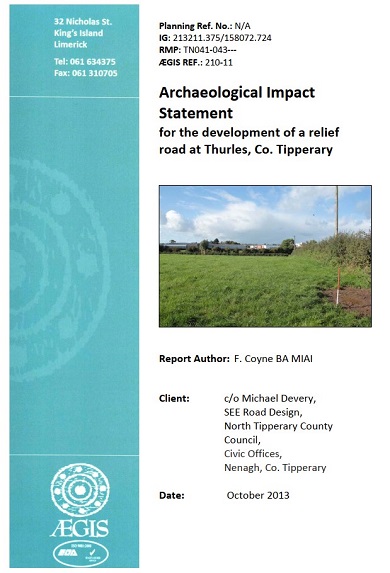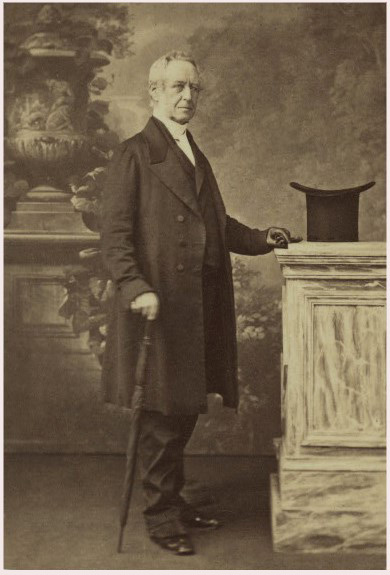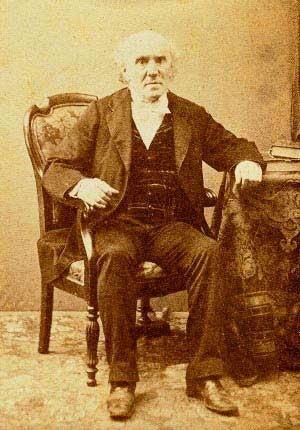Tracing My Roots, Where Do I Get Started?
When beginning to trace your family tree, best to always start at home with your own family. Talk to your Parents, Aunts, Uncles, Grandparents, etc. Check out their correct names, dates of birth, marriages and deaths and begin to construct a separate record account for each of these individual, recording all know information. List the brothers and sisters of each parent or grandparent. Information from these two generations should include information on places names and towns-land addresses, where possible. Find out where they were born, lived, married, worked, died and indeed where deceased members are buried.
Take A Visit To Your Local Public Library
Here at your local library, check out the origin of your family’s surnames and read some of the recommended basic guides to tracing family history. Visiting major reference libraries or archival repositories held in Library’s, like local Newspapers and Workhouse Minutes, is also a good idea. Check the Library’s Online Public Access Catalogue also for any relevant material.
Verify
Always verify any information obtained from living relatives against available official sources and other family records, as gleaned information from relatives sometimes can often be slanted or exaggerated.
Graveyards
Graveyards can often be a major source of information. Check details on connected family headstones in graveyards, especially for dates of birth and deaths. Through your Library Archive check civil registration indexes. Go to the General Register Office with your verified details of names, places and dates and get copies of any birth, marriage and death certificates. Check carefully for details which could identify family members not listed in your initial search of parents and grandparents and their generations.
List great-grandparents and any other relatives revealed in these documents, again, noting any information on dates and places names. Begin here to make use of the many websites that deal with genealogy.
Directories
Check all known Directories: e.g. The Tithe Applotment Books, latter available on microfilm in the National Library, Griffith’s Valuation, the Census Records for 1901 and 1911, latter which are now online, and check local parish registers, which record baptisms, marriages and funerals. Ireland is unusual among English-speaking census-taking countries in that our original household manuscript returns survive. The basic topographical divisions for the census are: County; District Electoral Division; Town-land or Street. This is a simple hierarchical structure which makes it easy to access any area in the country.
Roman Catholic Parish and Church of Ireland Parish registers can be consulted on microfilm in the National Library of Ireland. For countrywide records you can also visit The National Archives to verify your facts regarding places and dates discovered, first checking your local public library for relevant directories and other information. Do make copies of all relevant documents or copy down the information, as it relates to each person in each place.
Other Available Sources Of Family Information
Check Registry of Deeds for Wills, Property Transfers, Marriage Licences etc.
Check Institutional and Shipping Forms held in the National Archives. These forms contain details of the occupants of institutions of different kinds, e.g. Barracks, Workhouses, Hospitals, Colleges, and Orphanages etc. In many of these records, names of occupants are only given in initial form only, e.g. Mary Smith is entered as M.S. These names are usually indexed by initial, followed by the information in the form itself containing the County of birth, Occupation, Marital Status, etc. which will help in identifying the person sought.
Check localised Newspapers for announcements of births, marriages and deaths, funerals or obituaries.
Check school, military and other professional records.
Do keep in mind that your ancestors may have been born, married or may have died outside the island of Ireland, and note also, that due to illiteracy, some names are often spelt differently, some maybe spelt by voice sound by those charged with keeping migration records, e.g. Ships passenger lists. Names therefore may not have the spelling now currently in use. e.g. McCormack – Cormack, Maher – Meagher, Cahill – Cahil, Blackwil – Blackwell, Burk – Bourke, etc.
Enjoy your discoveries, and use the Map hereunder to locate Thurles Library.
[mappress mapid=”7″]





Pingback: Volunteer Management Training Offered | Thurles Information